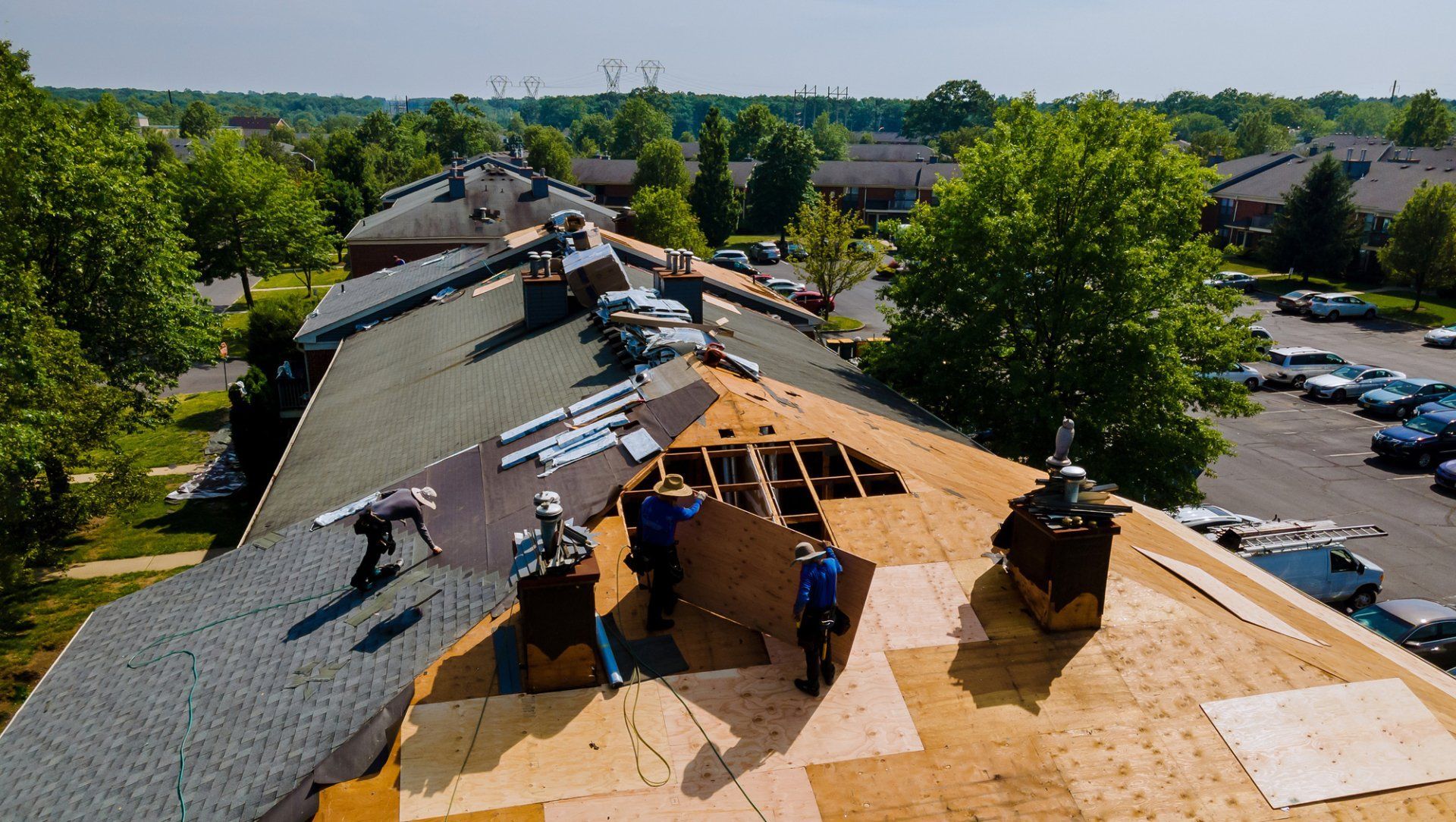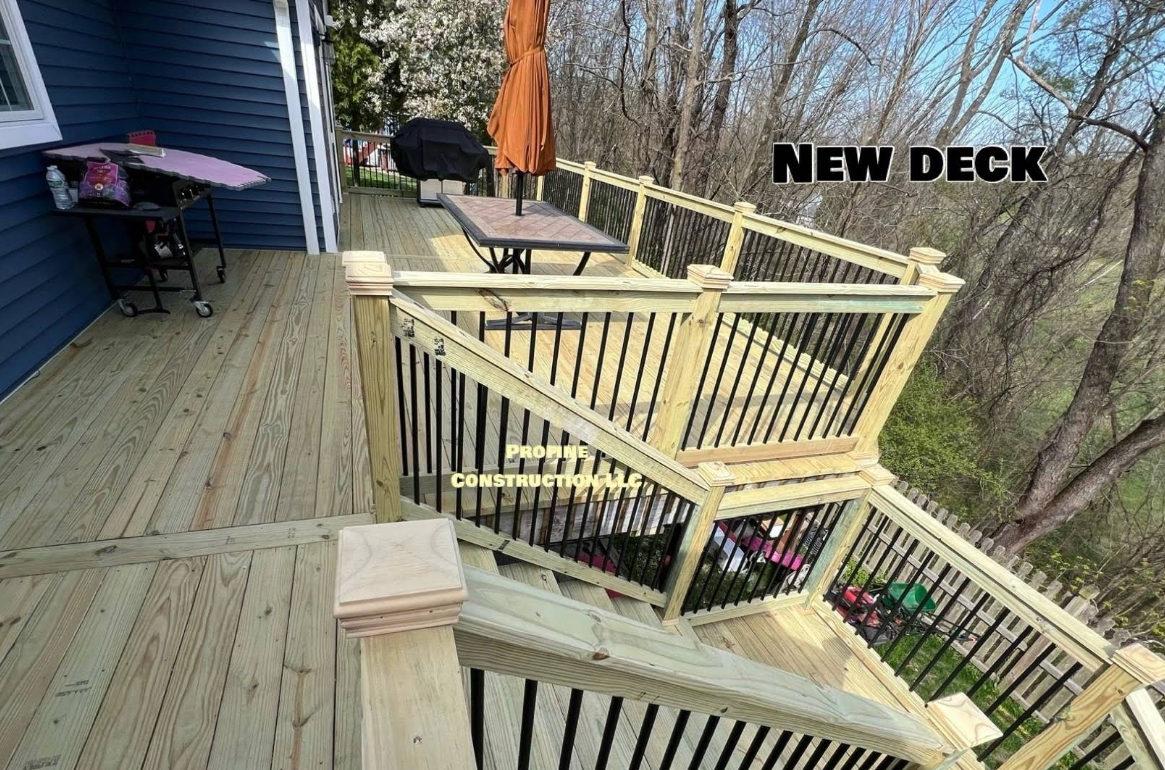Introduction
The kitchen isn’t just a place for cooking; it’s the heart of the home where memories are made, gatherings happen, and culinary magic unfolds. And let’s face it—the right lighting can elevate this space from mundane to magnificent. That’s where kitchen lighting plans that work wonders! come into play. The right combination of fixtures and layouts not only enhances aesthetics but also improves functionality. This comprehensive guide will arm you with everything you need to know about creating the perfect lighting plan for your kitchen.
Kitchen Lighting Plans That Work Wonders!
Lighting is often an overlooked aspect in kitchen design, yet it plays a critical role in both functionality and ambiance. A well-thought-out lighting plan can transform your kitchen into a warm and inviting space while ensuring that you have adequate light for various tasks—whether you're whipping up dinner or hosting friends.
Understanding the Three Types of Kitchen Lighting
When planning your kitchen lighting, it's crucial to understand the three primary types: ambient, task, and accent lighting.
Ambient Lighting
This is your general overhead light source, illuminating the entire room uniformly. Common options include ceiling-mounted fixtures, recessed lights, or chandeliers.
Task Lighting

Accent Lighting
Accent lights add drama and interest by highlighting architectural features or decor elements. Think wall sconces, picture lights, or even LED strips along shelves.
Why You Need All Three Types
Combining these three types creates layered lighting that enhances both functionality and aesthetics. Imagine chopping vegetables under bright task lights while enjoying a cozy ambiance from dimmable overhead fixtures!

Choosing Fixtures That Fit Your Style
Modern vs. Traditional Fixtures
Your fixture choice should reflect not just your personal style but also harmonize with your kitchen's overall design theme.
- Modern Fixtures: Sleek lines, minimalistic designs, and metallic finishes characterize modern fixtures. Traditional Fixtures: These often feature ornate details and classic materials like brass or wrought iron.
Pendant Lights: A Versatile Choice
Pendant lights are incredibly versatile and can serve as both task and decorative lighting depending on their placement.
Best Locations for Pendant Lights:
- Over an island Above a dining table Near sinks for added visibility
Color Temperature Matters!
One key decision you'll need to make is regarding color temperature—measured in Kelvins (K).
- Warm White (2700K-3000K): Creates a cozy atmosphere perfect for family gatherings. Cool White (3500K-4100K): Offers a more neutral look ideal for modern kitchens. Daylight (5000K-6500K): Mimics natural light; great for detailed tasks like food prep.
How to Test Color Temperature Before Installing?
Purchase small bulbs in varying temperatures. Install them temporarily in your existing fixtures. Observe how each color looks at different times of the day.Incorporating Smart Lighting Solutions
In today's tech-savvy world, smart lighting has become increasingly popular in kitchen design.
Benefits of Smart Lighting
- Remote control via smartphone apps Customizable settings for different tasks Energy efficiency through automated scheduling
Popular Smart Brands
- Philips Hue LIFX Wyze Bulbs
Dimming Options: To Dim or Not to Dim?
Dimmers allow you to adjust brightness according to mood or activity level—certainly something worth considering!
Advantages of Dimming Lights
Flexibility in ambiance Enhanced energy savings Longer bulb lifeLayering Light with Decorative Elements
https://canvas.instructure.com/eportfolios/3826261/home/painting-for-curb-appeal-enhancing-your-homes-exteriorDon’t underestimate the power of decorative elements in enhancing your kitchen's charm!
Using Chandeliers as Focal Points
A stunning chandelier above an island can serve as both functional light and a statement piece that draws the eye upward.
String Lights for Cozy Vibes
Consider string lights over open shelving or along exposed beams to create a laid-back yet stylish atmosphere.
Placement Strategies You Can't Ignore
Where you place your lights can significantly affect how well they illuminate spaces.

Key Areas to Light Up
Countertops Islands PantriesLighting Height Matters!
The height at which you install pendants should ideally be 30 inches above countertops to prevent obstructing views while maximizing task illumination.
FAQs About Kitchen Lighting Plans That Work Wonders!
Q1: What is the best type of lighting for kitchens?
A1: The best approach combines ambient, task, and accent lighting to create layers that enhance both function and aesthetics.
Q2: Can I use LED bulbs in my existing fixtures?
A2: Absolutely! Just ensure that they are compatible with dimmer switches if you have them installed.
Q3: How do I choose the right size pendant light?
A3: A good rule of thumb is that pendant lights should be approximately one-third the width of your island or table they’re hanging over.
Q4: Should I opt for warm or cool light?
A4: It depends on your preference; warm light provides coziness while cool light offers clarity—consider using both in different zones!
Q5: Is smart lighting worth it?
A5: Yes! They offer flexibility, convenience, and energy savings—making them an excellent investment for modern homes.
Q6: What’s the average cost of installing new kitchen lighting?
A6: Costs vary widely based on fixtures and installation needs but budget anywhere from $150 to $500 per fixture including labor costs.
Conclusion
Creating kitchen lighting plans that work wonders! involves thoughtful consideration of various elements—from fixture styles to color temperature choices—all aimed at enhancing functionality while maintaining aesthetic appeal. By layering ambient, task, and accent lights effectively, you can transform this vital space into something truly magical—a warm hub where culinary creativity flourishes amidst inviting glow!